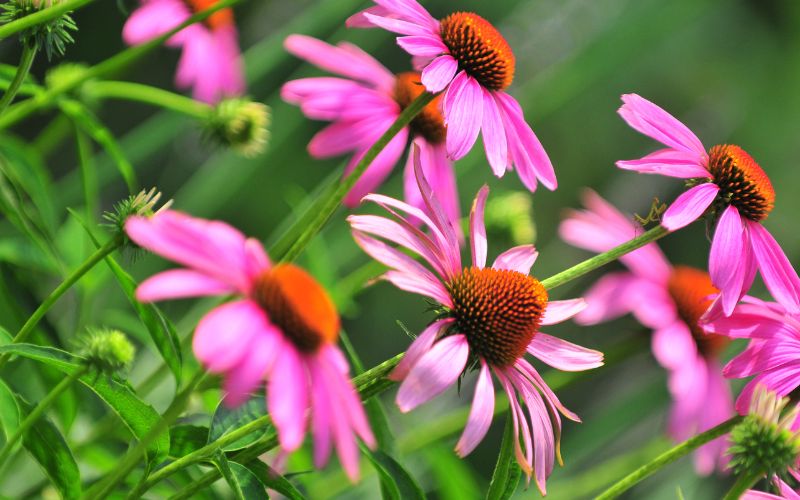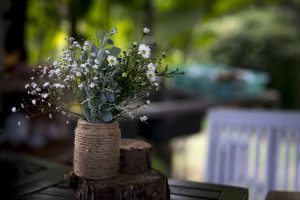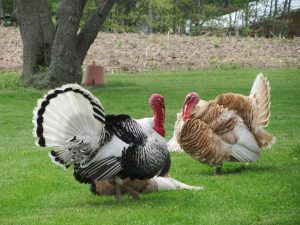Many gardeners love echinacea, also called coneflowers, for their long-lasting blooms and abilities to attract beneficial pollinators like bees and butterflies.
If you’re thinking of adding these lovely blooms to your garden, you may be wondering how to germinate echinacea seeds. Here’s what you need to know.
Echinacea seeds need light to germinate, so the best way to start them is by sowing them on the surface of a well-drained seed-starting mix. To do this, simply sprinkle the seeds on top of the mix and press them in lightly. Then, keep the mix moist but not wet until you see the first signs of growth, which will usually appear within 2-3 weeks.
How to grow your Echinacea
The first step in germinating echinacea seeds is to purchase quality seeds from a reputable supplier.
Once you have your seeds, it’s time to get started.
Here’s what you’ll need to do:
Fill a seed tray with moistened potting mix and press the echinacea seeds into the mix.
Be sure not to plant the seeds too deep; they should be covered with no more than 1/4 inch of potting mix.
Place the seed tray in a warm location out of direct sunlight and keep the potting mix moist.
Once the seedlings emerge, thin them out so that only the strongest plants remain.
Transplant the seedlings into individual pots filled with moist potting mix once they reach 2-3 inches in height.
Allow the plants to grow for a few more weeks before transplanting them into your garden beds or outdoors.
Enjoy your beautiful purple coneflowers
[amazon fields=”B08T5LBRC6″ value=”thumb” image_size=”large” image_alt=”growing echinacea”]
Transplanting your Echinacea
Once the seedlings have emerged, you can transplant them into individual pots or containers filled with fresh potting soil.
Be sure to harden them off gradually before planting them out in your garden after all danger of frost has passed.





Final Words
Germinating echinacea seeds is easy as long as you remember that they need light to germinate.
Simply sow the seeds on the surface of a well-drained seed-starting mix and keep the mix moist until you see the first signs of growth.
Once the seedlings have emerged, transplant them into individual pots or containers filled with fresh potting soil.
With a little patience and care, you’ll soon be rewarded with beautiful blooms in your garden.
Read Next
Can paper towels be composted?
Can you fill a raised bed with just compost?
The best layout for your vegetable garden
- Year-Round Outdoor Living: Durable Garden Furniture for All Seasons
- Wow Your Neighbors with These Creative Garden Décor Ideas
- Why you should have night vision goggles for camping
- Why Garden Wildlife Matters: Understanding the Importance of Biodiversity in your Backyard
- Why do turkeys puff up?
- Why do tents get wet inside?










